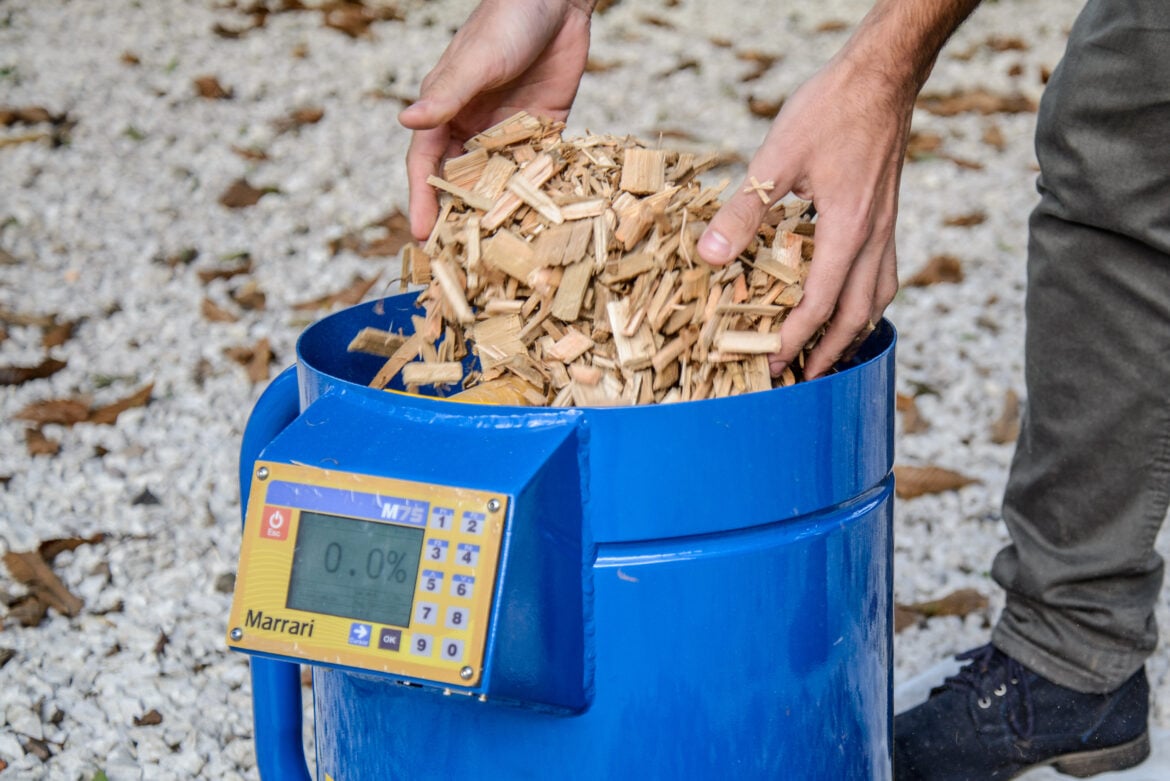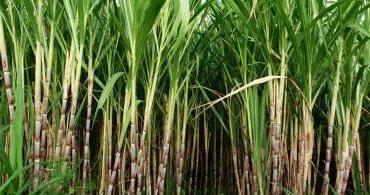Do you know what Biomass is? Biomass can be considered the organic material in which solar energy is stored in bonds through photosynthesis. When the bonds are broken, these substances release the chemical energy that was stored. From this type of material, the aim is to obtain thermal, electrical energy or just the storage of a chemical energy source for future use. Among the main types of biomass are:
- Woody materials from energy forests and by-products of sawmills (wood chips, sawdust, shavings …);
- Herbaceous materials from agricultural residues (rice husks, corn husks, sugarcane bagasse …) and aquatic plants (bioalgae).



In general, as characteristics of the ideal culture for energy are:
- High production (maximum production of dry matter per hectare);
- Low energy requirement for cultivation;
- Low cost;
- Composition with few contaminants;
- Little requirement for nutrients;
- Resistance to pests.
The reasons for the interest in biomass as a source of energy are diverse: increasingly wide availability of biomass processing technology alternatives; public policies for the allocation of agricultural areas to the generation of energy sources; low carbon emission; variability of sources; stimulating biodiversity and so many others … Technological development has allowed the application of biomass at low cost with high conversion efficiency, making the source competitive in relation to the others (fossil and non-renewable sources). The various agricultural agricultural food surpluses – as in Western Europe and the USA. Situations like this provoke land reservation policies to reduce surpluses and the problems related to it – such as decreasing number of rural dwellers and payment of subsidies to maintain a rural area – are what make highly alternative crops, such as biomass, highly desirable. . When produced by sustainable sources, biomass emits the same amount of carbon during the conversion it uses for its growth. The use of biomass does not contribute to the increase in the amount of carbon dioxide (CO2) in the atmosphere, which is a greenhouse gas (GHG). The use of biomass allows the variability of sources, providing greater security for the supply of energy and, depending on the cultures chosen and the form of cultivation, biodiversity can increase compared to current agricultural practice. It is the properties inherent to biomass that determine the choice of the conversion process. Likewise, the choice of biomass is influenced by the form of energy required. The properties of greatest interest are moisture (intrinsic and extrinsic); calorific power and composition.
- Moisture Two forms of water content are of interest in biomass: intrinsic moisture – water present in the material without the influence of time and extrinsic moisture – takes into account the weather conditions during harvest. In practical terms, extrinsic water content is considered since intrinsic moisture is only achieved under laboratory conditions.
- Calorific Power The calorific value of a fuel can be expressed in two ways: gross calorific value or net calorific value. The gross calorific value is the total energy content released when the material is burned, including the latent heat in the water vapor and its representation in the maximum energy potential. In practical terms, the latent heat in the water vapor cannot be used effectively. In this case, the net calorific value is the approximate value for the available energy.
- Composition The amounts of carbon, content of volatile materials and ash are interesting in biomass. The maximum energy production value of a biomass is equal to the carbon content. However, in practice, the amount of energy obtained depends on the conversion process chosen.
- Other Properties The apparent density of biomass influences transport and storage costs. Harvesting can introduce contaminants such as soil, which can cause operational problems. The biomass moisture varies with the time of harvest and for some crops it may introduce additional processing costs because of the need for pre-drying. The efficient conversion of biomass with knowledge and adaptation of properties to the process of converting biomass into energy, in addition to presenting high yield, generates alternative products. For example, in the combustion process, hot gases can be routed to produce steam and after that, using a turbine (with a turbo generator) it is possible to generate electrical energy. REFERENCES KENDRY P.M.Energy production from biomass (part 1): Overview of biomass. Biosource Technology, v. 83, n. July 2001, p. 37–46, 2001. Author: Elisa Pizzaia Goltz Industrial Wood Engineer (UFPR, 2014) Master in Forestry Engineering (UFPR, 2018) Quality / technical manager of the Umilab laboratory at Marrari Automação





